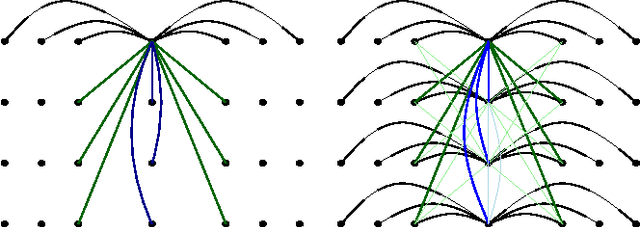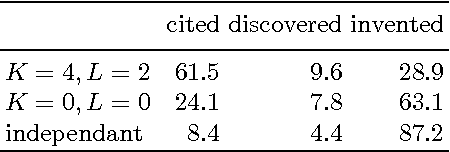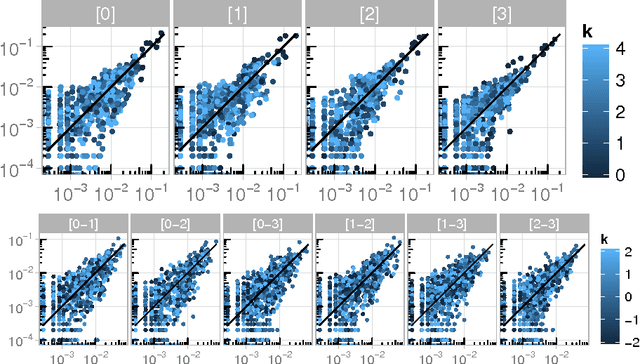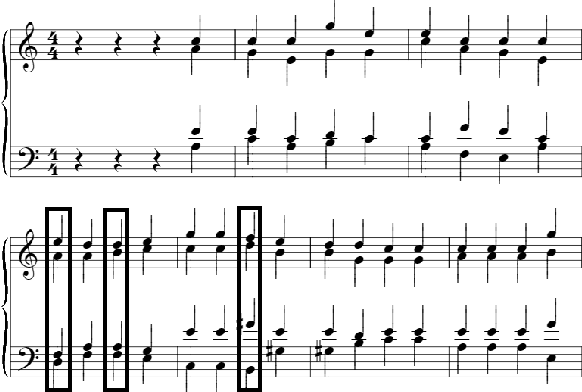Style Imitation and Chord Invention in Polyphonic Music with Exponential Families
Paper and Code
Sep 16, 2016



Modeling polyphonic music is a particularly challenging task because of the intricate interplay between melody and harmony. A good model should satisfy three requirements: statistical accuracy (capturing faithfully the statistics of correlations at various ranges, horizontally and vertically), flexibility (coping with arbitrary user constraints), and generalization capacity (inventing new material, while staying in the style of the training corpus). Models proposed so far fail on at least one of these requirements. We propose a statistical model of polyphonic music, based on the maximum entropy principle. This model is able to learn and reproduce pairwise statistics between neighboring note events in a given corpus. The model is also able to invent new chords and to harmonize unknown melodies. We evaluate the invention capacity of the model by assessing the amount of cited, re-discovered, and invented chords on a corpus of Bach chorales. We discuss how the model enables the user to specify and enforce user-defined constraints, which makes it useful for style-based, interactive music generation.
 Add to Chrome
Add to Chrome Add to Firefox
Add to Firefox Add to Edge
Add to Edge